Key Takeaways
- Short-term loans usually cover unexpected expenses or cash flow shortages, while long-term loans are used for larger purchases.
- If shareholder loans are not correctly documented and repaid, they can create tax problems.
- Shareholder loans can cause tax problems if the Canada Revenue Agency (CRA) deems the loan was not used for a legitimate business purpose, resulting in the disallowance of tax deductions for interest paid.
What are Shareholder Loans?
Generally, a shareholder loan represents a loan made by a company to one of its shareholders. You can use a loan for personal or company expenses, which must be repaid later. Shareholder loans can show up as either something the company owns or something it owes, depending on who owes whom. If the shareholder owes the company money, it’s listed as an asset.
If the company owes the shareholder money, it’s listed as a liability. When a shareholder takes company funds for personal use, it can be recorded in a shareholder loan account. This account tracks the amount of money the shareholder owes the company or vice versa.
Understanding Loan to Shareholder
Shareholder loans can be classified into two types: short-term loans and long-term loans. Short-term loans are typically leveraged to address sudden expenses or mitigate cash flow shortages, offering a temporary solution to unforeseen financial situations. On the other hand, long-term loans are procured for substantial expenditures, such as purchasing a vehicle or financing a significant home renovation project.
These shareholder loans are considered bona fide loans when established with formal shareholders agreement and repayment terms, affirming their legitimacy and purpose. When a shareholder avails themselves of a loan from the company’s funds, it’s recorded as a debit balance in the shareholder loan account. Subsequently, if the shareholder repays the loan, the balance shifts to a credit status, known as a shareholder loan credit balance. This repayment is considered a genuine transaction, thus preventing any potential accusations of disguised dividends.
However, if the shareholder fails to repay the loan, the company will register a due from the shareholder account, which is reflected as a long-term liability on the company’s balance sheet. It’s also crucial to mention the tax implications of these transactions. When handled appropriately, bona fide loans may not be considered taxable income since they are essentially debts that require repayment. However, if the loan is not repaid and the company forgives the debt, it may be deemed as taxable income to the shareholder.

See More: EV Tax Credits and Incentives in 2023-2024
How Loan to Shareholder Used?
Loans to Shareholders can be used for personal and business-related purposes. Here are some common ways that shareholders might use these loans:
Personal Expenses Related to the Business
Shareholders might use these loans to pay for personal expenses related to the business. For example, a shareholder might need to attend a conference to promote the company’s products or services. In this case, the shareholder could take out a loan from the company to cover the cost of travel, lodging, and other company expenses related to the conference. You should pay your expenses with a personal credit card. When you have a family trip with your family, paying by company credit card is not tax deductible.

Unexpected Personal Expenses
Shareholders might also use these loans to cover unexpected personal expenses. For instance, a shareholder might have a sudden medical expense or need to repair their car. In this case, the shareholder could take out a short-term loan from the company to cover the expenses until they can pay it back.
Business Expenses
Shareholder loans can also be used to cover various business expenses. For example, a shareholder might use a loan to purchase new equipment, pay for marketing campaigns, or cover other operational costs. It’s important to note that shareholder loans should not be used to pay for personal expenses unrelated to the business. This can lead to tax problems, as we’ll explain later.

See more: Form 8821 Instructions: The Ultimate Guide
Shareholder Loan Tax Problems and How to Avoid
Shareholder loans can create various tax problems if not handled properly. Here are three specific issues that can arise and how to avoid them:
Disallow Tax Deduction
One of the most significant tax problems associated with shareholder loans is the potential for the CRA to disallow the tax deduction for interest on the loan. If the CRA determines that you did not use the loan for a legitimate business purpose, the interest paid on the loan may not be deductible.
To avoid this problem, it’s crucial to ensure that shareholder loans are used for legitimate business purposes and that all transactions are accurately documented. Keep detailed records of loan transactions, including the loan amount, interest rate, loan repayment history and schedule, and any business purpose for which the loan was used.

Loan Considered Income
If a shareholder takes out a loan from the company and fails to repay it, the loan amount could be considered income and subject to personal income tax. This can create a tax problem for both the shareholder and the company. So you must ensure that shareholder loans are correctly documented and repaid. Keep accurate records of the loan transactions, including the loan amount, repayment schedule, and interest charges. Also, follow your company’s shareholder loan policy and consult a tax professional to ensure compliance with all tax laws and regulations.
See More: Adoption Tax Credit: A Comprehensive Tax Guide 2023
Personal Expenses Paid with Shareholder Loans
If a shareholder uses a company credit card or loan to pay for personal expenses unrelated to the business, it can create tax problems. The loan or expense could be considered income and subject to personal income tax. To avoid this problem, create a clear shareholder loan policy that specifies how loans can be used and ensure that all transactions are correctly recorded and accounted for.
If a shareholder wants to use a loan for personal expenses, verify that the expenses are related to the business. For example, a shareholder could use a loan to pay for travel expenses related to attending a business conference.
Frequently Asked Questions (FAQs)
How do you record a loan to shareholders?
A loan to a shareholder should be recorded in a shareholder loan account. This account tracks the amount of company money the shareholder owes and vice versa. The loan is recorded as a debit balance in the shareholder loan account. If the shareholder pays back the loan, the balance will become a credit balance.
Are loans to shareholders considered income?
If a shareholder takes out a loan from the company and does not repay it, the loan amount could be considered income and subject to personal income tax. However, if the loan is adequately documented and repaid, it should be considered something other than income.
Can a company give a loan to a shareholder?
Yes, a company can give a loan to a shareholder. However, ensuring that the loan is documented correctly and that all transactions are accurately recorded is essential. It’s also important to have clear policies for using loans and consult with a tax professional as needed.





















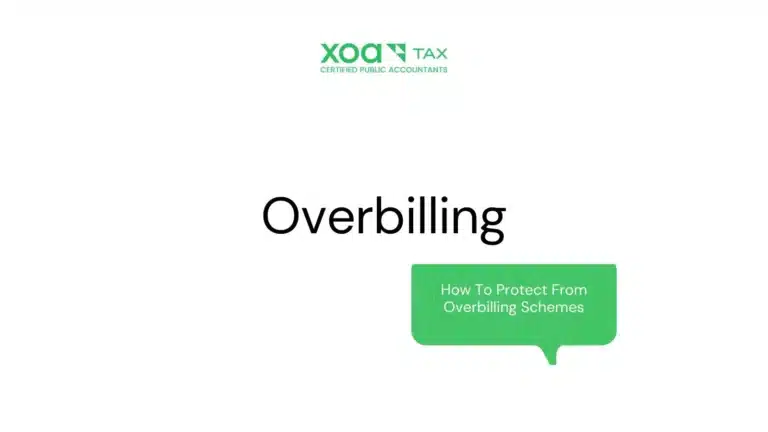



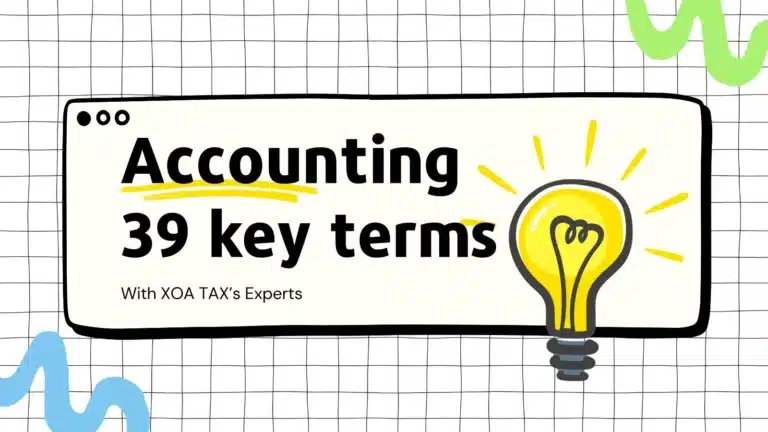
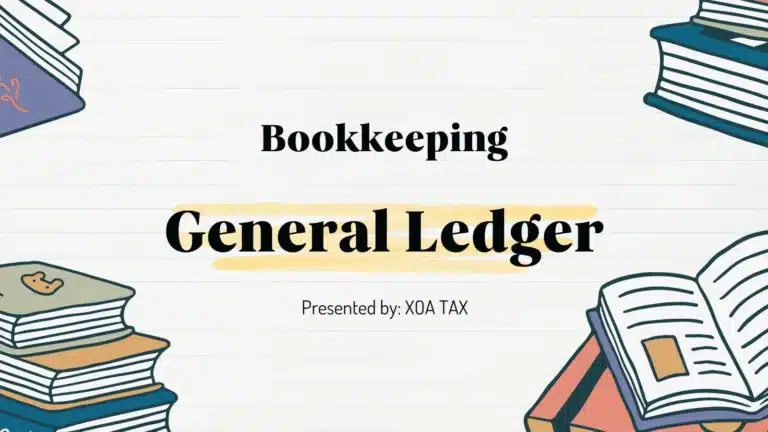

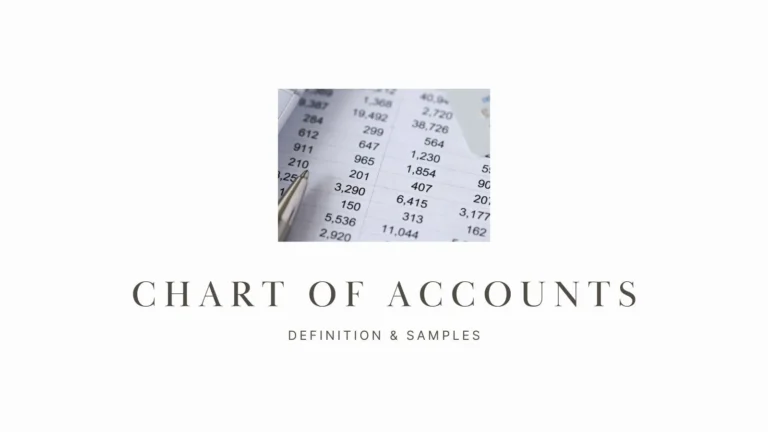
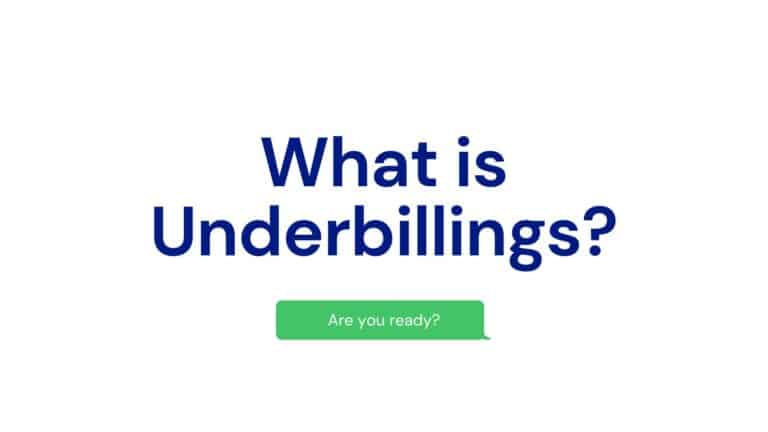







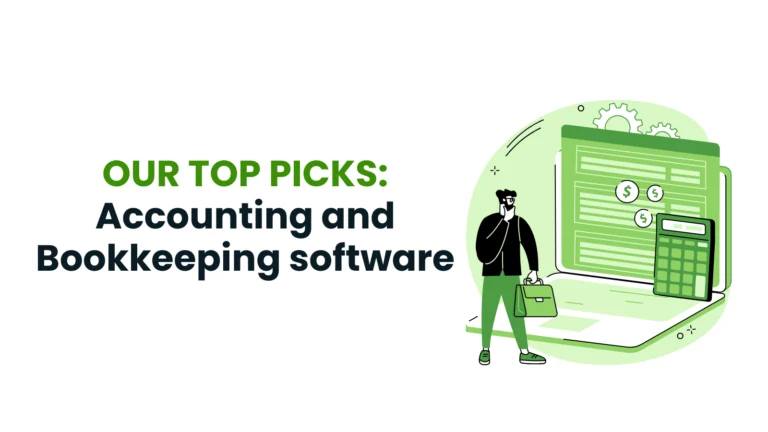
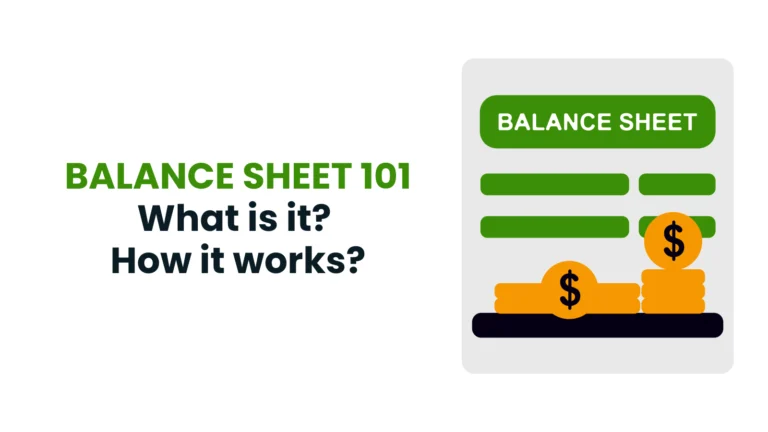

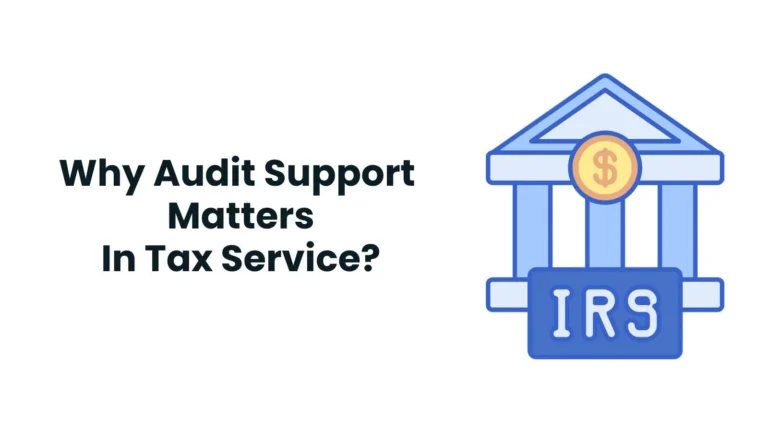

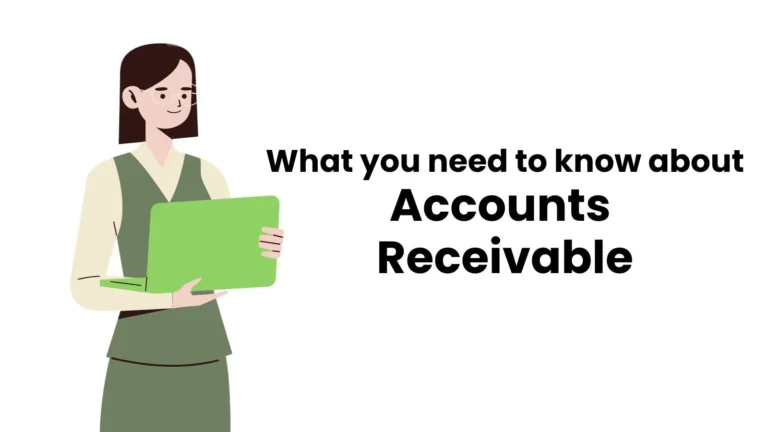


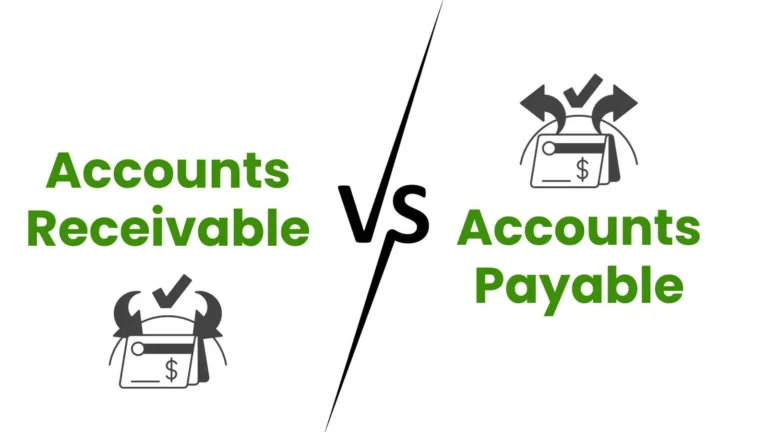
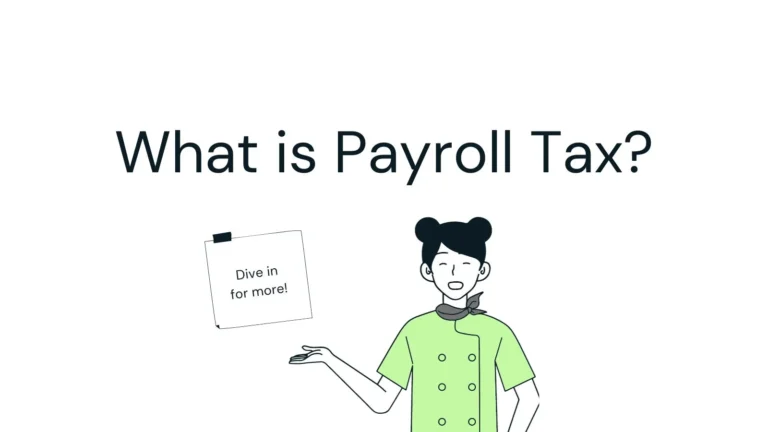
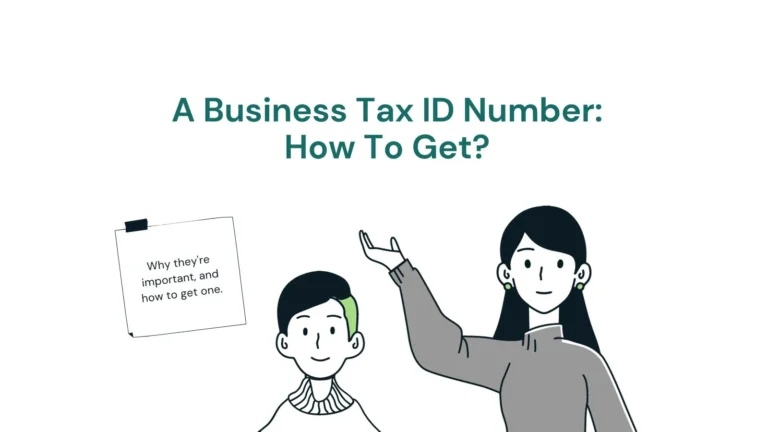

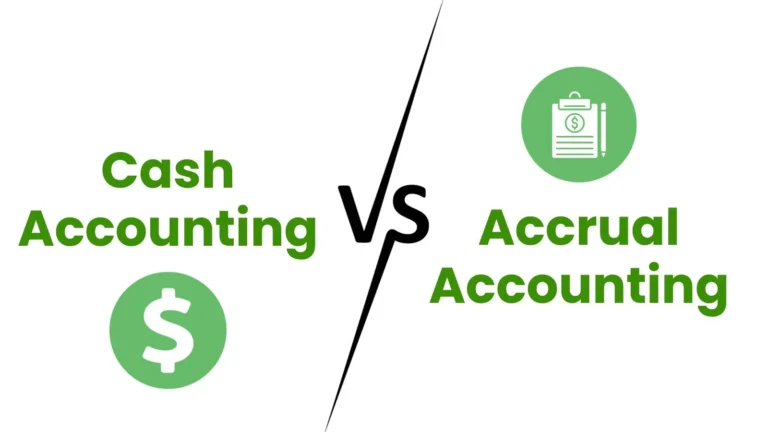





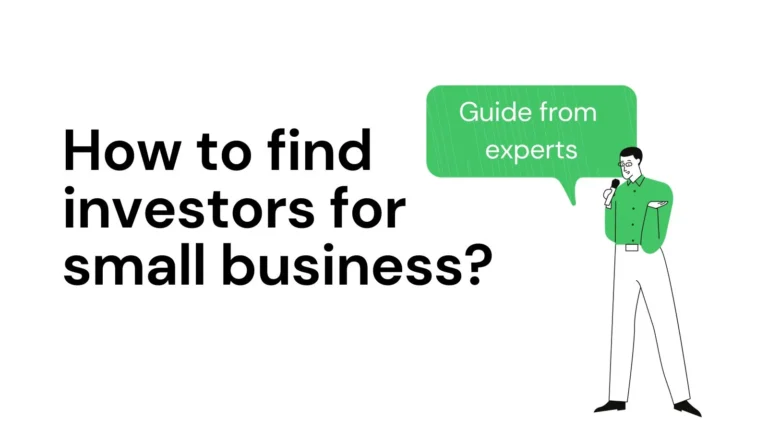




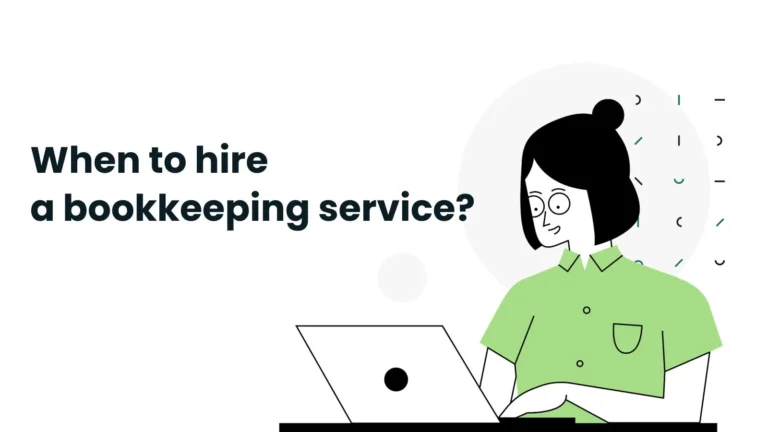
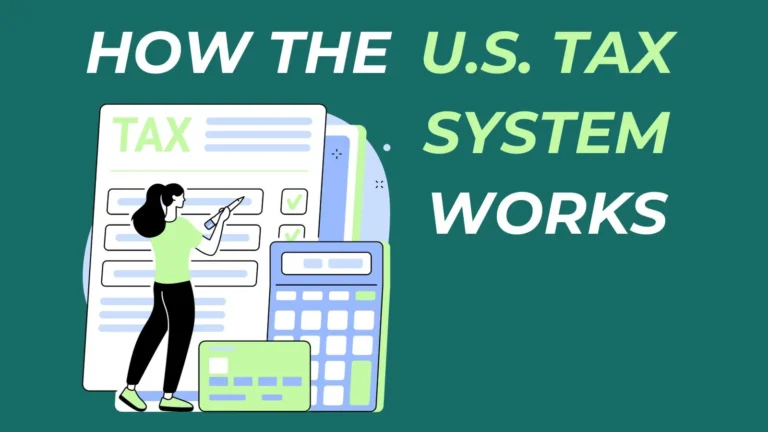

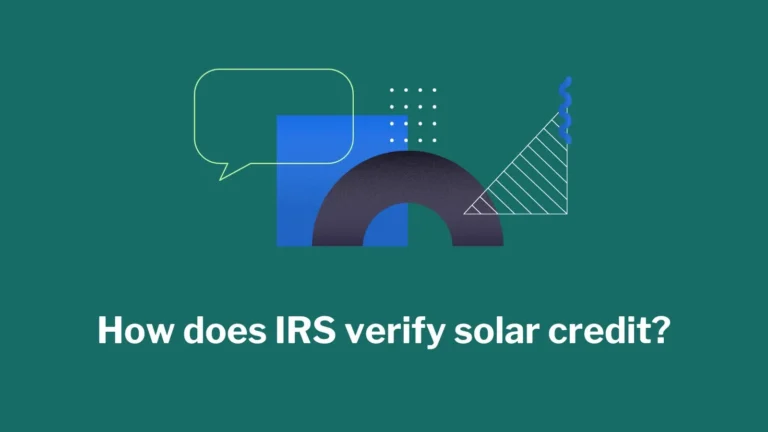




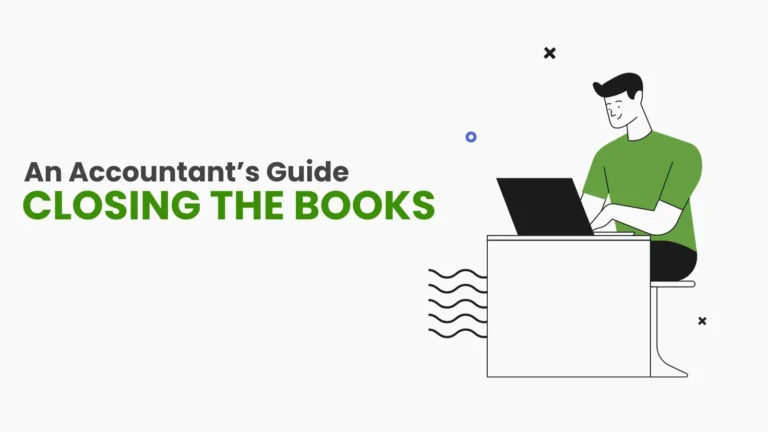


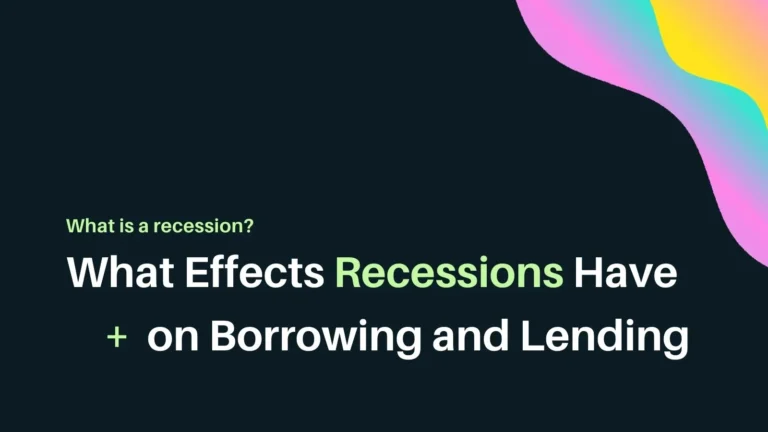
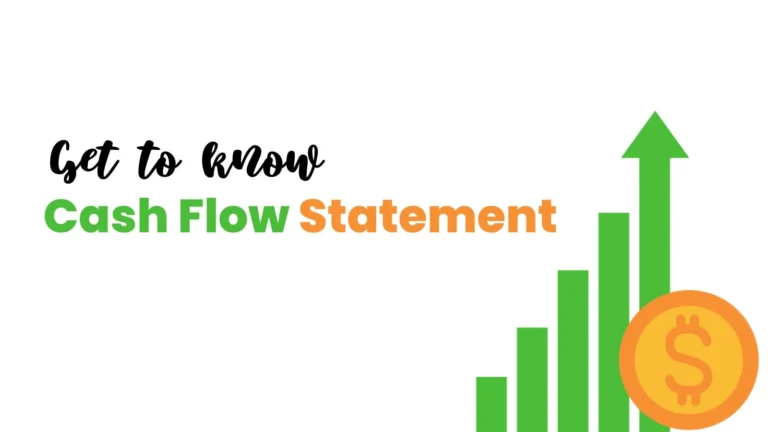
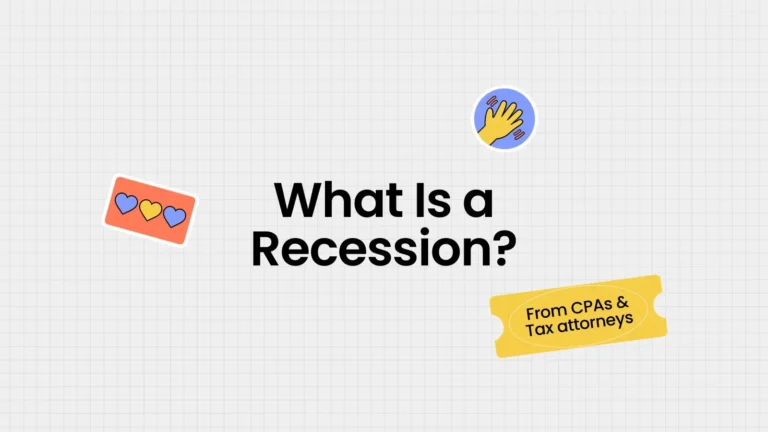

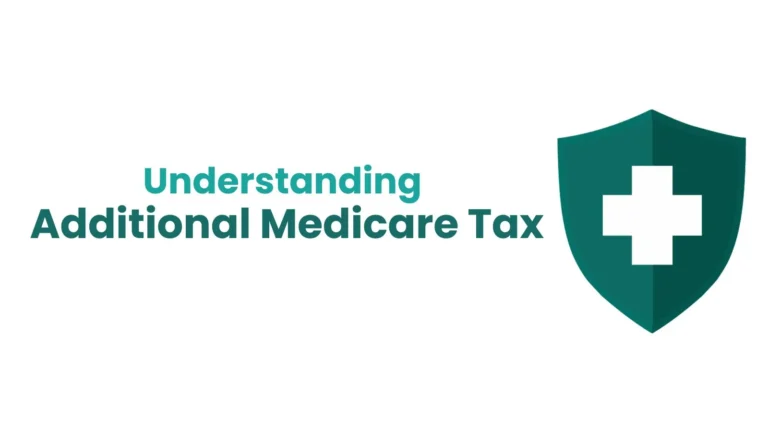



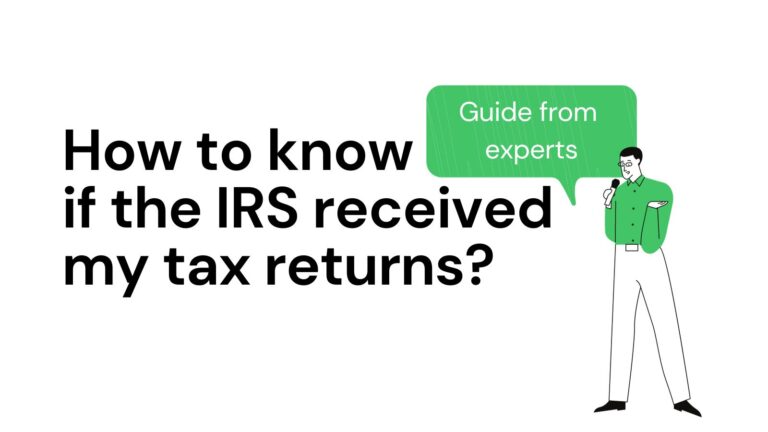

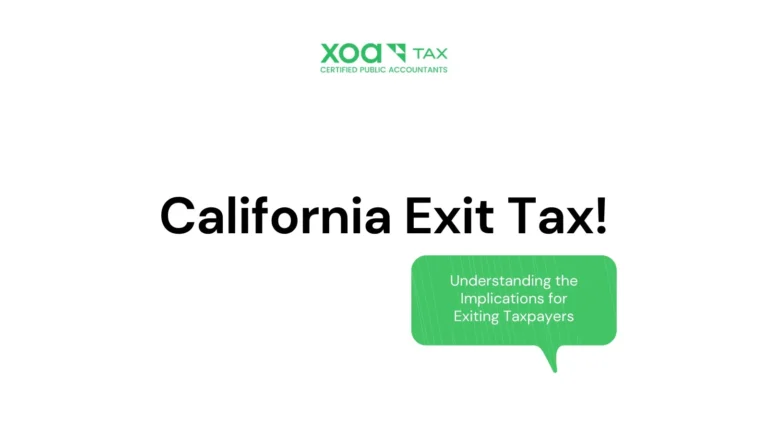



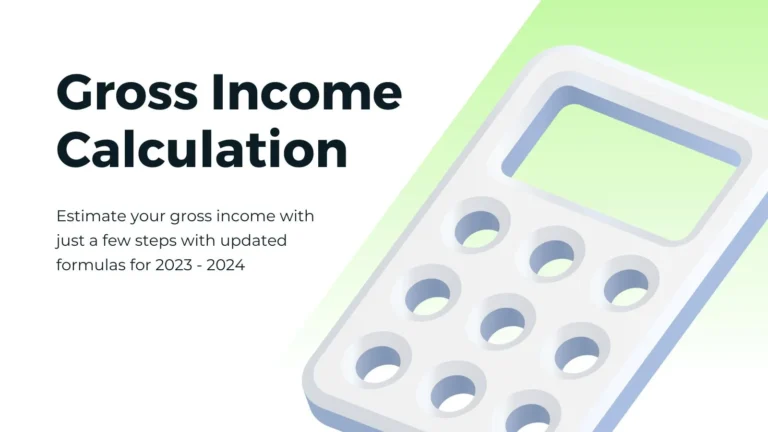


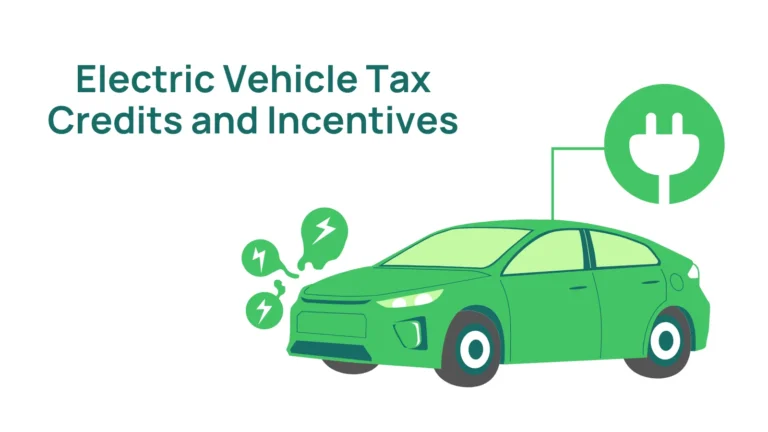

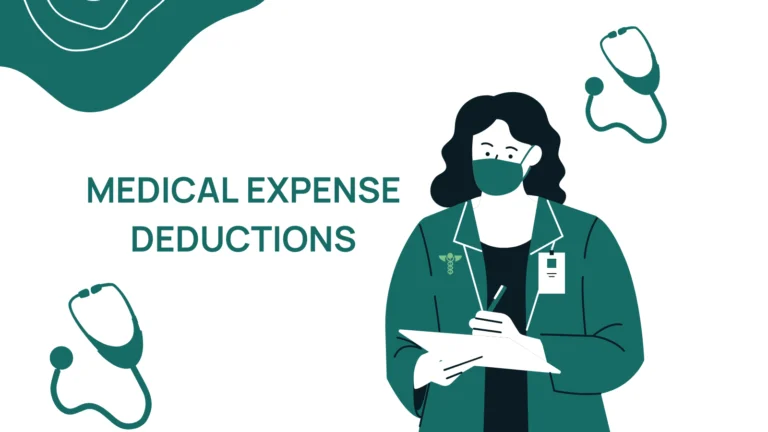
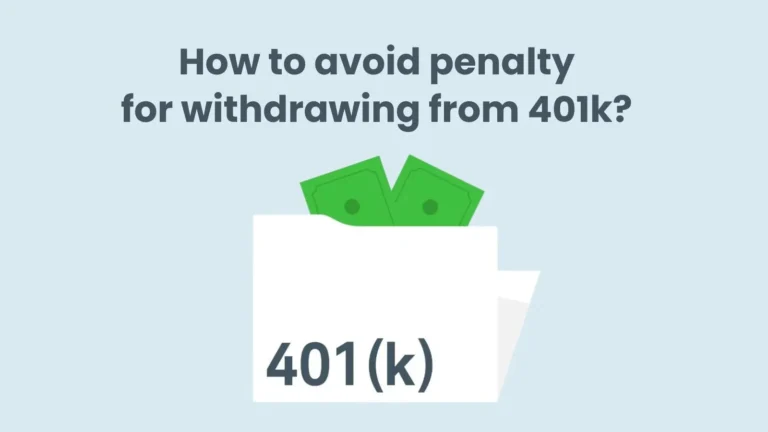







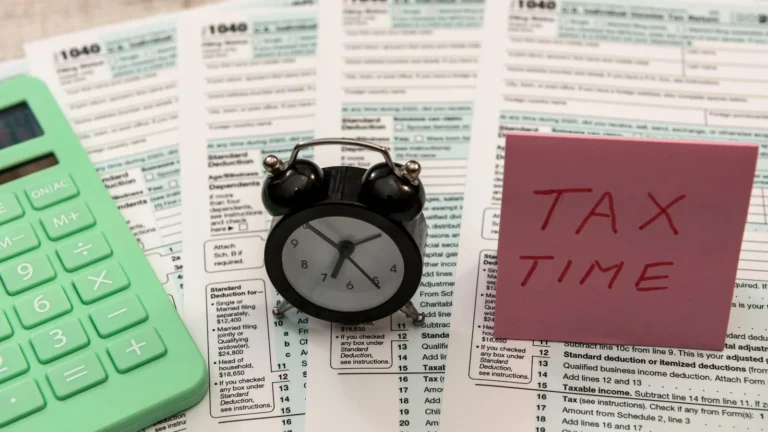
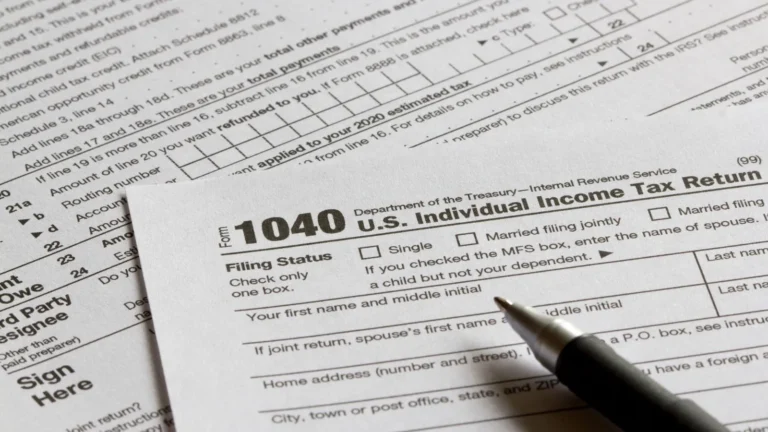





 anywhere
anywhere  anytime
anytime